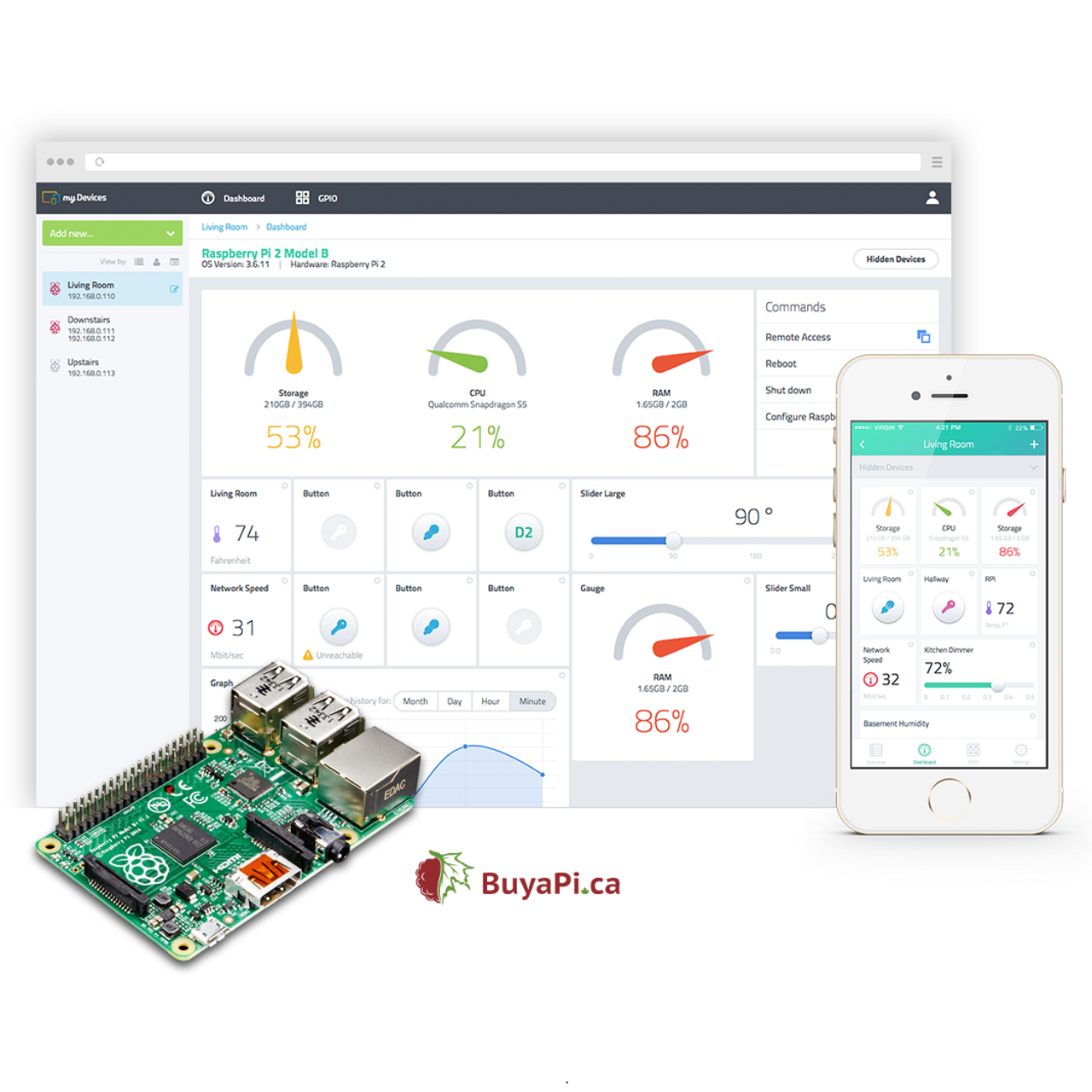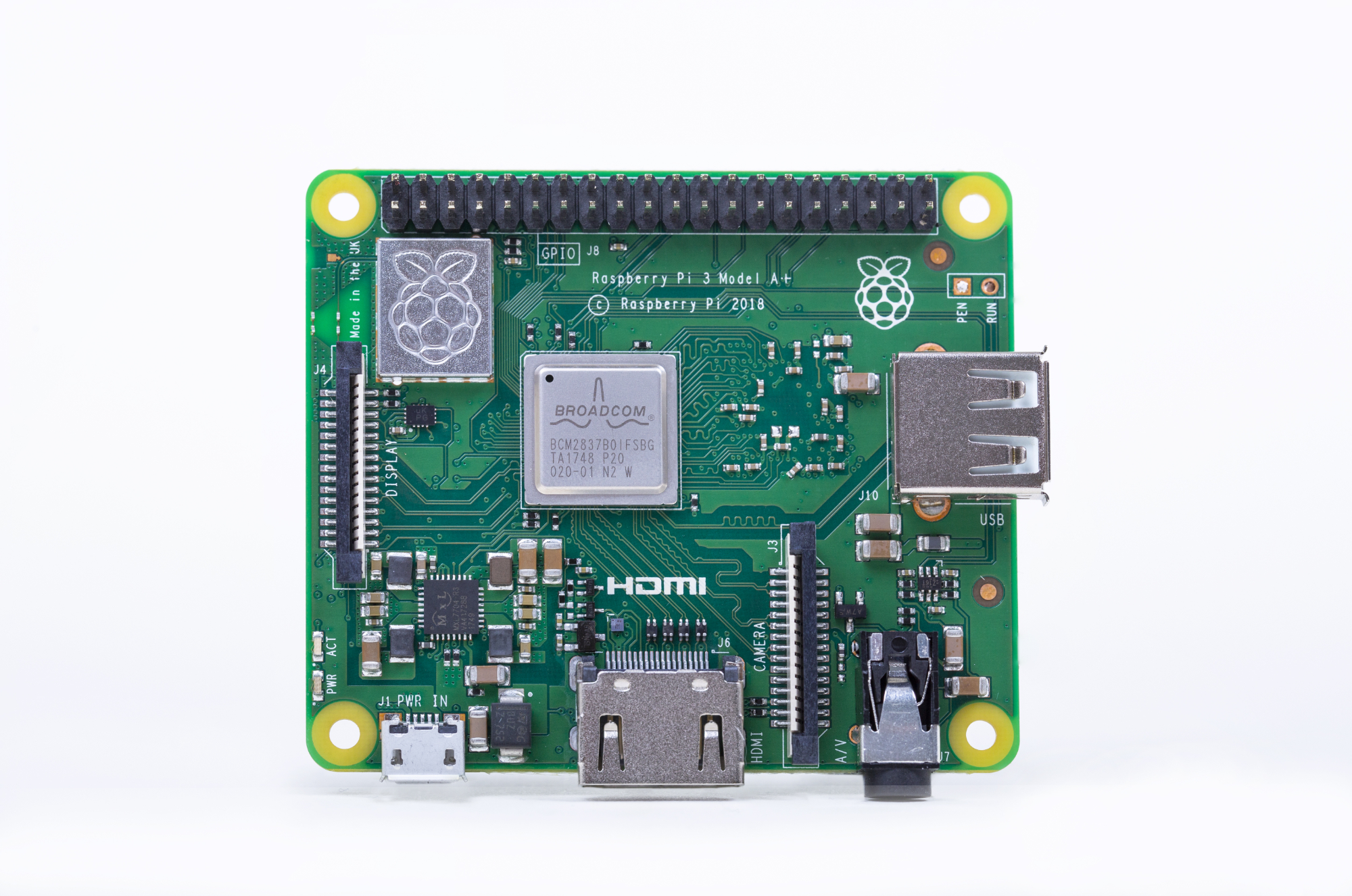Discover the world of remote IoT platforms and how they can revolutionize your Raspberry Pi projects with SSH key management. Whether you're a hobbyist or a professional developer, understanding how to leverage free remote IoT platforms can enhance your projects' capabilities significantly.
With the rapid advancement of technology, Internet of Things (IoT) has become an integral part of modern innovation. From smart homes to industrial automation, IoT devices are reshaping the way we interact with the world. However, managing these devices remotely, especially when using platforms like Raspberry Pi, can be challenging without the right tools and knowledge.
This comprehensive guide will walk you through everything you need to know about free remote IoT platforms, focusing on SSH key implementation for secure Raspberry Pi connections. By the end of this article, you'll have a clear understanding of how to set up, manage, and secure your IoT projects effectively.
Read also:Ross Martin Actor The Charismatic Star Of Stage And Screen
Table of Contents
- Introduction to IoT Platforms
- Understanding Raspberry Pi in IoT
- SSH Key Basics for IoT
- Free Remote IoT Platforms Overview
- Setting Up SSH on Raspberry Pi
- Security Best Practices for SSH
- Comparison of Free IoT Platforms
- Benefits of Using SSH Keys
- Common Issues and Troubleshooting
- Future Trends in IoT Platforms
Introduction to IoT Platforms
What is an IoT Platform?
An IoT platform acts as the backbone of connected devices, enabling seamless communication between hardware, software, and users. These platforms provide tools and services that simplify the development, deployment, and management of IoT solutions. They often include features like data analytics, device management, and security protocols.
For those working with Raspberry Pi, finding a reliable and cost-effective IoT platform is crucial. Free remote IoT platforms offer an excellent opportunity to test and develop projects without significant financial investment.
Understanding Raspberry Pi in IoT
Why Raspberry Pi?
Raspberry Pi is a popular single-board computer widely used in IoT applications due to its affordability, versatility, and community support. It supports various operating systems and programming languages, making it ideal for both beginners and advanced users.
Key Features of Raspberry Pi:
- Compact size and low power consumption
- Support for multiple interfaces (GPIO, USB, HDMI)
- Compatibility with various sensors and actuators
- Extensive documentation and community resources
SSH Key Basics for IoT
Secure Shell (SSH) is a cryptographic network protocol used to secure communication between devices. SSH keys provide a more secure authentication method compared to traditional passwords. By using SSH keys, you can enhance the security of your Raspberry Pi projects while simplifying the login process.
How SSH Keys Work
SSH keys consist of a public key and a private key. The public key is stored on the server (Raspberry Pi), while the private key remains on your local machine. When you attempt to connect, the server verifies your identity using the public key, ensuring secure access.
Read also:Chase Customer Service Number Your Ultimate Guide To Seamless Banking Solutions
Free Remote IoT Platforms Overview
Several free remote IoT platforms are available, each offering unique features and capabilities. Below are some of the most popular options:
- Adafruit IO: A user-friendly platform with built-in dashboards and integrations.
- ThingsBoard: An open-source platform with advanced data visualization and analytics.
- Losant: A powerful platform for building complex IoT applications.
- Blynk: A mobile-first platform for creating interactive IoT apps.
Setting Up SSH on Raspberry Pi
Step-by-Step Guide
Configuring SSH on your Raspberry Pi is a straightforward process. Follow these steps to ensure secure remote access:
- Enable SSH on your Raspberry Pi by running the command
sudo raspi-configand selecting the SSH option. - Generate SSH keys on your local machine using
ssh-keygen. - Copy the public key to your Raspberry Pi using
ssh-copy-id. - Test the connection by running
ssh pi@raspberrypi.local.
Best Practices for SSH Configuration
Ensure you follow these best practices to enhance security:
- Disable password-based authentication.
- Use a strong, unique passphrase for your private key.
- Regularly update your Raspberry Pi's firmware and software.
Security Best Practices for SSH
Security is paramount when managing IoT devices remotely. Implementing robust security measures can protect your projects from unauthorized access and potential threats.
Key Security Measures
- Change the default SSH port to a non-standard number.
- Enable two-factor authentication (2FA) for added security.
- Monitor login attempts and set up alerts for suspicious activity.
Comparison of Free IoT Platforms
Selecting the right IoT platform depends on your project's requirements and your technical expertise. Below is a comparison of popular free remote IoT platforms:
| Platform | Features | Pros | Cons |
|---|---|---|---|
| Adafruit IO | Dashboard, Feeds, Integrations | User-friendly, Great for beginners | Limited free tier features |
| ThingsBoard | Data Visualization, Analytics | Powerful, Open-source | Complex setup |
| Losant | Workflows, Dashboards | Feature-rich, Scalable | Steep learning curve |
| Blynk | Mobile App, Widgets | Easy mobile integration | Limited free plan |
Benefits of Using SSH Keys
Using SSH keys offers numerous advantages over traditional password-based authentication:
- Increased Security: SSH keys are far more secure than passwords, reducing the risk of brute-force attacks.
- Convenience: Once set up, SSH keys eliminate the need to enter passwords repeatedly.
- Automation: SSH keys enable automated scripts and processes to run securely without user intervention.
Common Issues and Troubleshooting
While setting up SSH and IoT platforms, you may encounter some common issues. Below are solutions to help you overcome these challenges:
Issue: Unable to Connect via SSH
Ensure SSH is enabled on your Raspberry Pi and verify the IP address or hostname. Check your firewall settings to allow SSH traffic.
Issue: Public Key Not Accepted
Double-check that the public key is correctly copied to the Raspberry Pi's authorized_keys file. Ensure file permissions are set correctly.
Future Trends in IoT Platforms
The IoT landscape is continuously evolving, with new technologies and trends emerging regularly. Some key trends to watch include:
- Edge Computing: Processing data closer to the source for faster response times.
- AI Integration: Leveraging artificial intelligence for advanced analytics and automation.
- 5G Connectivity: Enhanced network capabilities for real-time data transmission.
Conclusion
In conclusion, free remote IoT platforms combined with SSH key management offer a powerful solution for Raspberry Pi projects. By following the steps outlined in this guide, you can securely connect and manage your IoT devices from anywhere in the world.
We encourage you to share your thoughts and experiences in the comments below. If you found this article helpful, consider sharing it with others who may benefit from it. For more in-depth guides and tutorials, explore our other articles on IoT and Raspberry Pi.
Remember, staying updated with the latest trends and technologies is essential for success in the IoT field. Keep learning, experimenting, and innovating to unlock the full potential of your projects.


